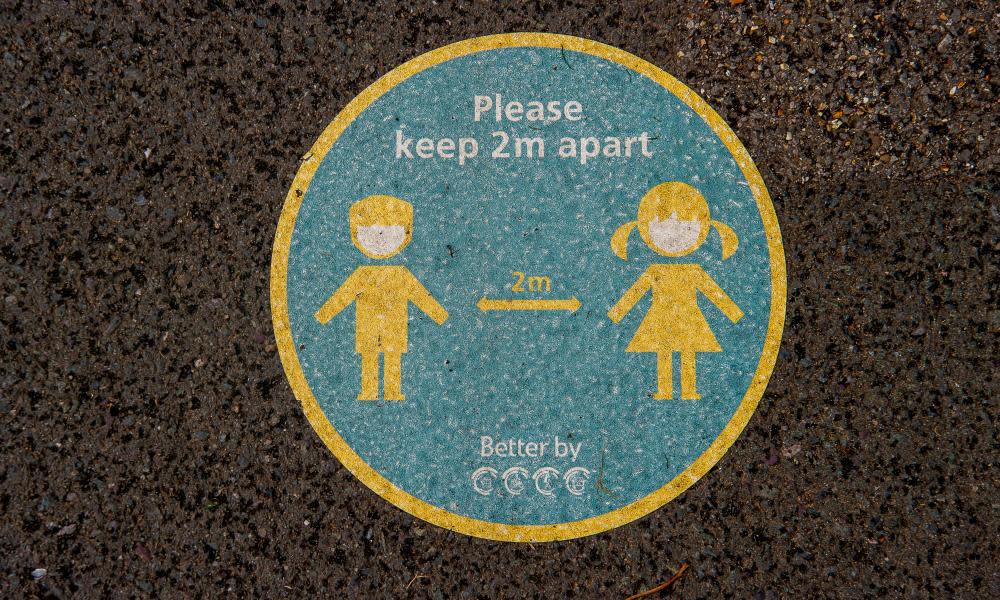Covid levels rising among schoolchildren in England, data shows

Coronavirus infection levels have risen in schoolchildren in England, data has revealed, with more than one in 37 of those in years 7 to 11 estimated to have had Covid last week.
Experts say the findings could be linked to the return of schools after the summer break. In England many schools returned on 1 September, or the day after.
According to figures from the Office for National Statistics, based on swabs collected from randomly selected households, an estimated one in 80 people in England had Covid in the week ending 11 September – a slight drop relative to the week before – while the rate was higher in the other three nations at an estimated one in 60 in Wales, one in 75 in Northern Ireland and about one in 45 in Scotland.
The situation in Scotland has been of particular concern, with a sharp increase in daily cases followed by a rise in hospitalisations.
On Thursday the first minister, Nicola Sturgeon, requested military support for ambulance crews to help with the intense pressure services have been experiencing, adding she expected challenges to remain “for a period as the Covid pressure continues and as we go into the winter months”.
But the ONS said its data suggests the rate of increase in the percentage of people testing positive now appears to be slowing down in Scotland – a finding that chimes with a recent decrease in daily case numbers. According to government figures, on Wednesday 4,917 new cases were reported in Scotland, down from a high of 7,065 reported on 6 September.
Once again, the ONS survey suggested differences between regions, and age groups. While the percentage of people testing positive rose in the north-west of England and decreased in the West Midlands and the east of England, the trends were unclear in other parts of the nation.
Meanwhile, increases were seen in the percentage of secondary school-age children testing positive, with rises also seen among the over-50s – although the ONS cautions that those over the age of 70 continue to have the lowest rates.
default
According to the latest report, in the week ending 11 September 2021, about 2.74% of schoolchildren in years 7 to 11 tested positive for the virus, equating to just over one in 37.
Sarah Crofts, the head of analytical outputs for the Covid-19 infection survey at the ONS, said the results show a mixed picture across the UK. “While Scotland continues to have the highest level of infection, the sharp increase over the last few weeks may now be slowing,” she said.
“In England, we could be starting to see the impact of schools returning after the summer, with the highest infection levels seen in young people at secondary school.”
Recently the Joint Committee on Vaccination and Immunisation (JCVI) said the benefits of Covid vaccinations for healthy 12- to 15-year-olds were too marginal for a recommendation for vaccination of this entire group to be made on health grounds alone.
However, on Tuesday the UK’s four chief medical officers decided to go ahead with the move after considering factors including the JCVI advice and the impact of vaccination on education.

 Yahoo Movies
Yahoo Movies 
